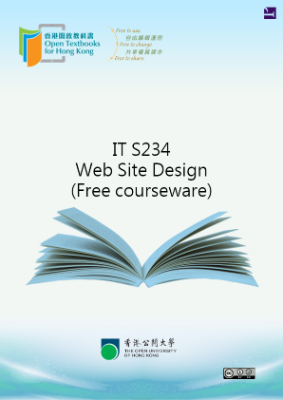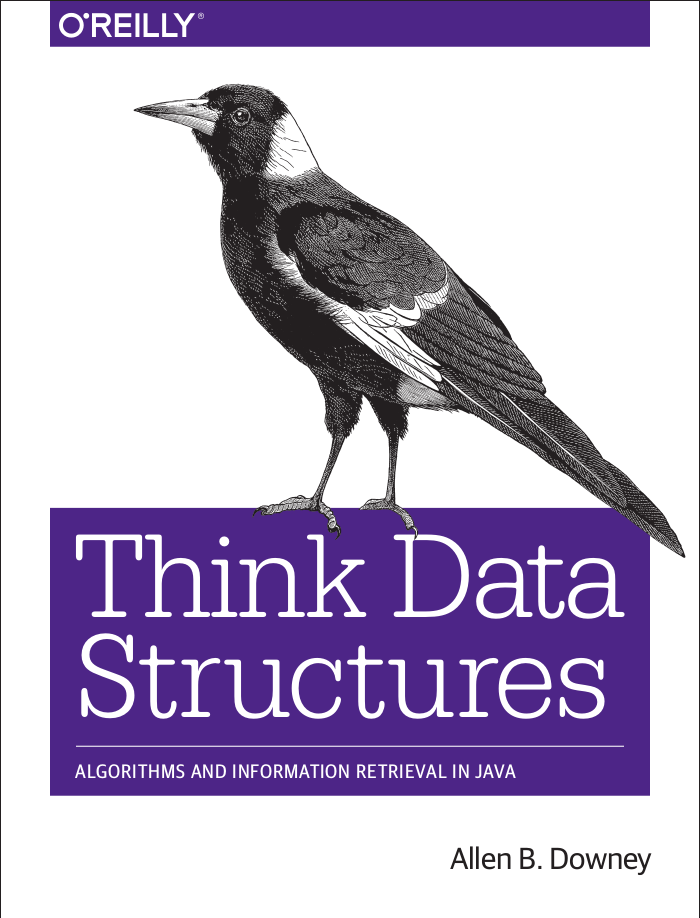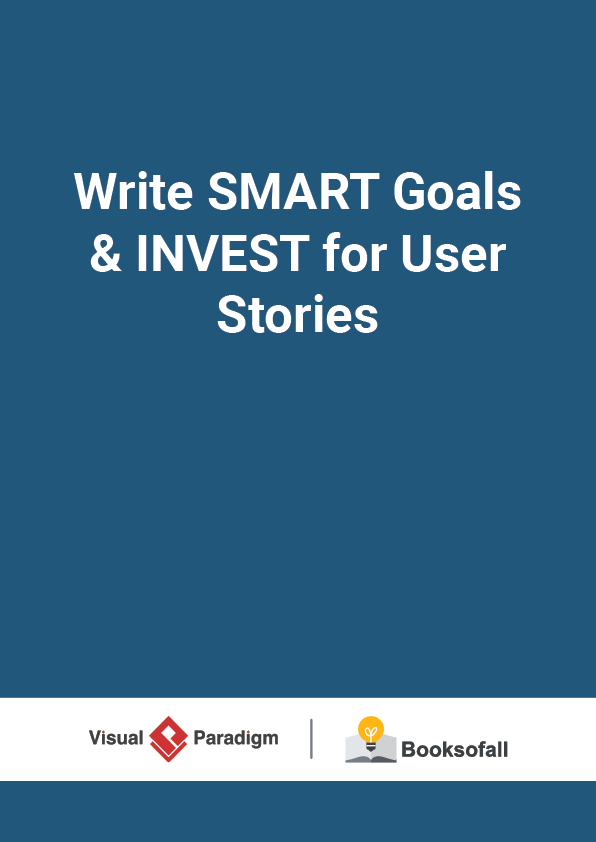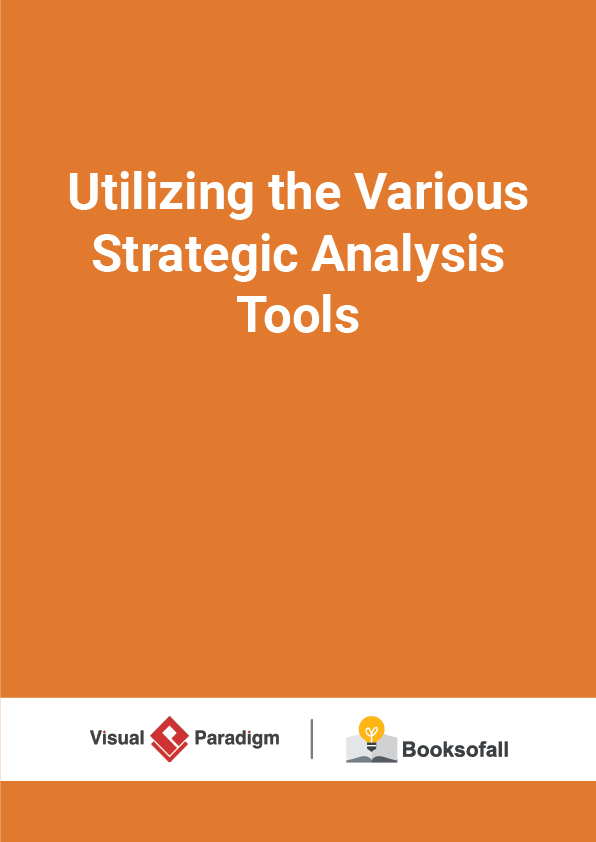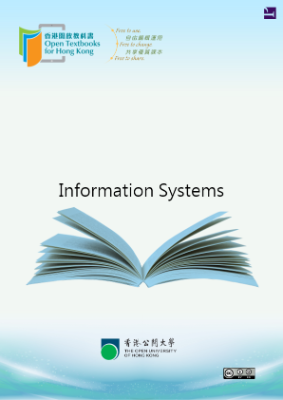How to Use Value Stream Mapping Technique in Six Sigma
10-13 minutes Value Stream Mapping is a technique for identifying and eliminating waste from a process. It is a special type of flow chart that uses symbols known as “the language of Lean” to depict and improve the flow of inventory and information. It helps us provide optimum value to the customer through a complete value creation process with minimum waste in:
Design (concept to customer)
Build (order to delivery)
Sustain (in-use through the life cycle to service)
What is Value to Customers?
Value is what the customer is buying which is a capability provided to a customer. A product or services provided to a customer should be:
- of the highest quality
- at the right time
- at an appropriate price as defined by the customer
In reality, the activities that indeed create value for the customers are only a small portion of the whole work process. This is why businesses should focus on reducing wasteful activities as much as possible. By doing so, companies can identify significant opportunities to improve their overall performance.
What is Waste?
Daniel T. Jones (1995) identifies seven commonly accepted types of waste. These terms are updated from the Toyota production system’s original nomenclature:
Inventory: Purchasing and storing raw materials, and stocking Work in progress to wait for future processes is a waste.
Waiting: In a series of steps for processing a material if one of the steps is slow, then it accumulates Work in Progress which is a waste.
Defects: Finally, the most important and prevalent type is defects. Defects are not acceptable to customers. To avoid this, a Quality check process, the rework process should be established, which adds to cost. Therefore defects are a major form of waste.
Overproduction: Producing items that are in excess of customer demand. Motion: Unnecessary movement of machineries and movements of operators can cause wear and tear, fatigue respectively.
Transportation: Any unnecessary movement of Work in Progress or raw materials is a form of waste. This may cause damages to materials, and may also increase the cycle time of production and thus is a waste.
Over-Processing: Providing features that are not demanded by customers, and fine-tuning to levels more than that are prescribed by customers, adds to the cost of manufacturing which is a waste.
What Is a Value Stream Analysis?
Value Stream Mapping (VSM) is a fundamental technique to identify waste and reduce process waste. It is an essential lean tool for an organization wanting to plan, implement, and improve while on its lean journey. It helps users create a solid implementation plan that will maximize their available resources and help ensure that materials and time are used efficiently. Value Stream Analysis is a powerful planning tool to optimize the result of eliminating waste.
VSM makes clear the time and effort being spent on non-value adding activities, the cost of doing business, and sets the stage for reducing waste and streamlining the process. The purpose of value stream mapping is to maximize value and minimize waste in several different ways including:
- Facilitating clear communication and collaboration
- Encouraging continuous improvement of a process
- Enabling culture change within an organization
- Creating visualizations of delays, excess inventory and production constraints




